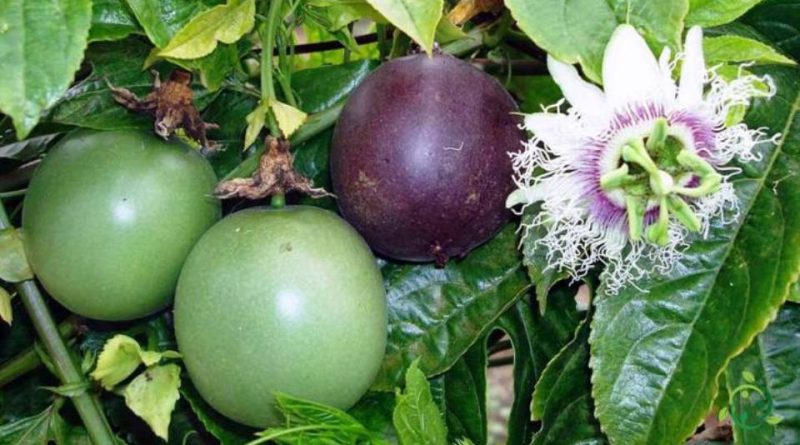How Passiflora propagates
How Passiflora propagates
Maracujá (Passiflora edulis Sims) is a plant of the Passifloraceae family, native to South America.
This plant produces a fruit with very soft pulp and rich in small seeds that is appreciated for its intense and characteristic aroma, which is why it is used in the production of juices, ice creams and other preparations for food use.
The fruits are berries, varying in color from purple to yellow.
For this reason, passiflora edulis is cultivated in various tropical and subtropical regions around the world.
There are two main varieties of m aracujá (Passiflora edulis and Passiflora edulis var. Flavicarpa), whose fruits differ in size and in the color of the skin, respectively red or yellow.
The first news of the cultivation of Passiflora in Italy are reported in the book Herbarium or General history of plants by the Venetian nobleman Pietro Antonio Michiel published between 1553 and 1565.
The Passiflora edulis species, unlike other passiflora which are self-incompatible, can produce even if grown alone.
Pollination is entomophilous.
Propagation –
The multiplication of Passiflora can take place both by seed and by cutting.
In seed propagation, this operation should be done by sowing from October to February in containers kept at a temperature of 18-20 ° C.
In propagation by cuttings, these must be prepared in summer using branches of the mother plant about 8-10 cm long. Passiflora cuttings are to be planted in a box of sand and peat until completely rooting. After rooting, the seedlings will be transplanted into pots with a diameter of 8-10 cm.
For the cultivation technique, see the following sheet.

